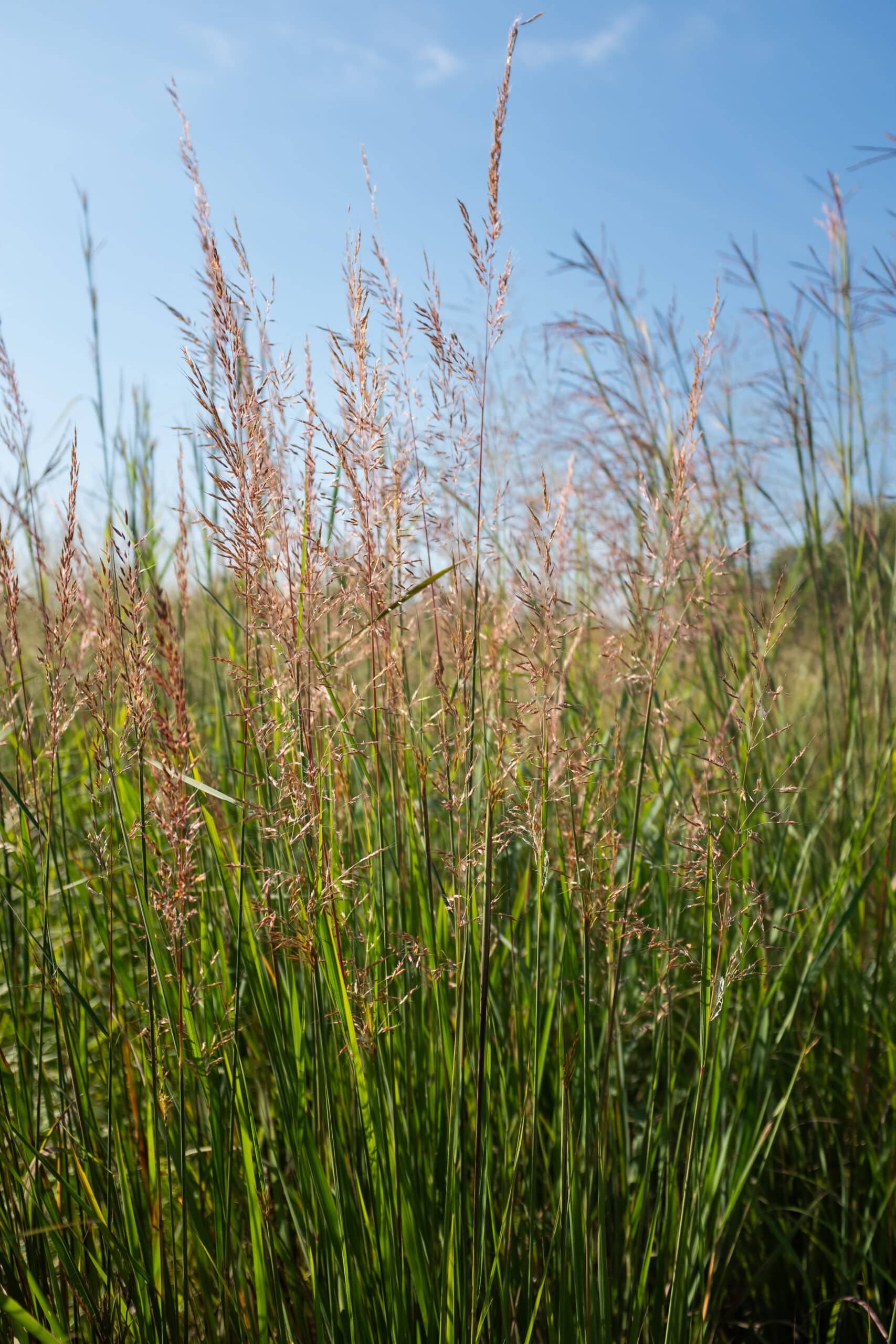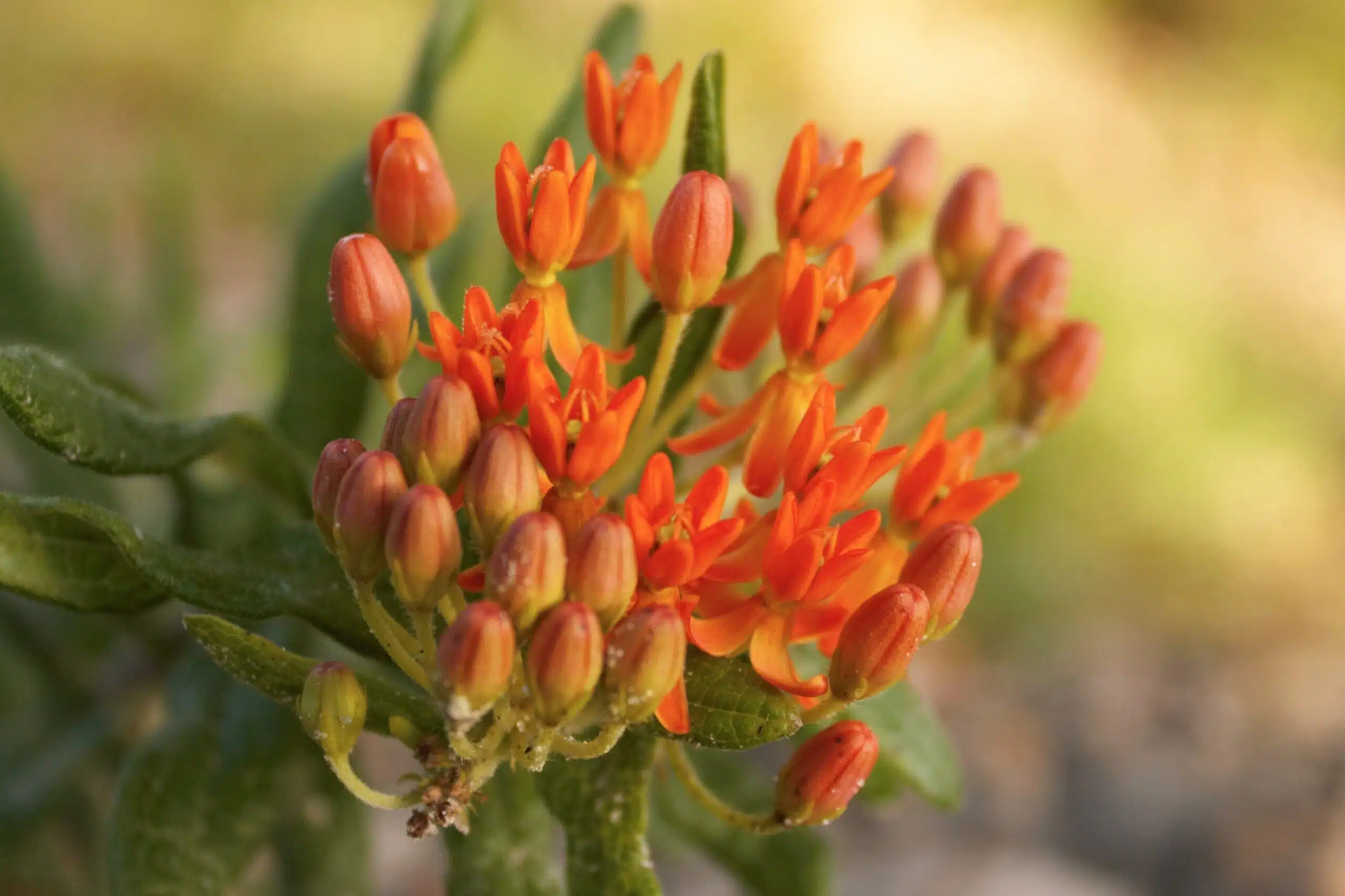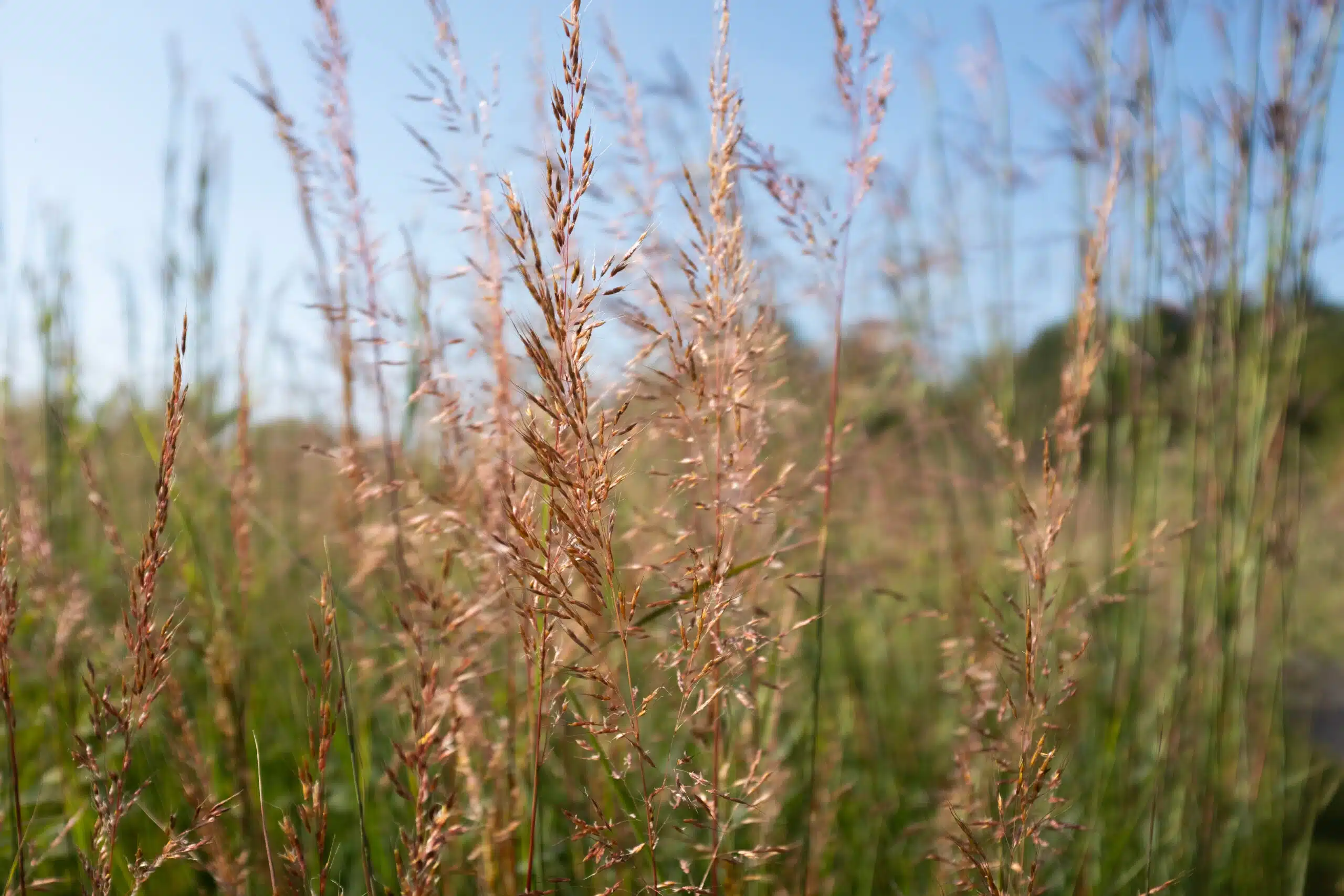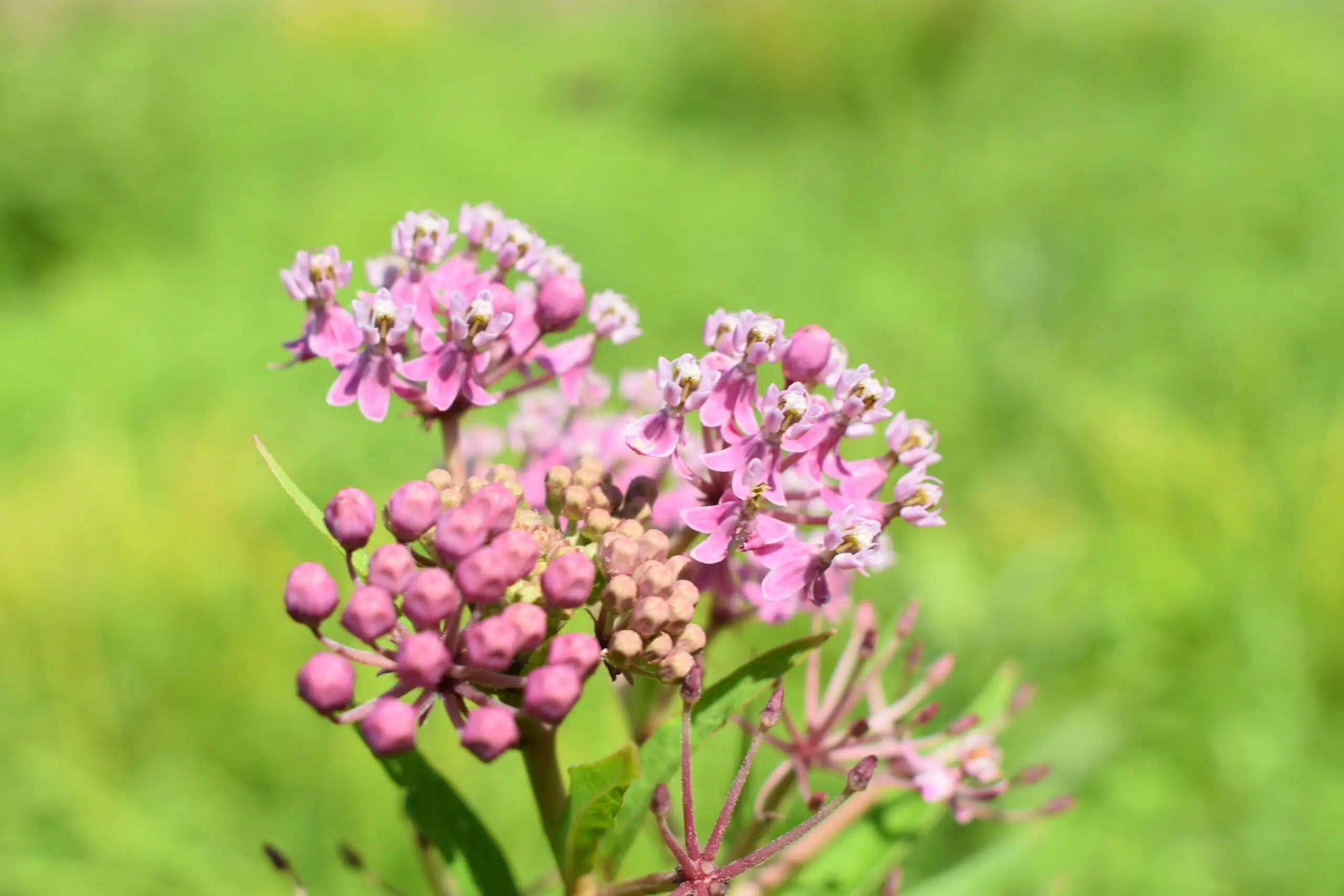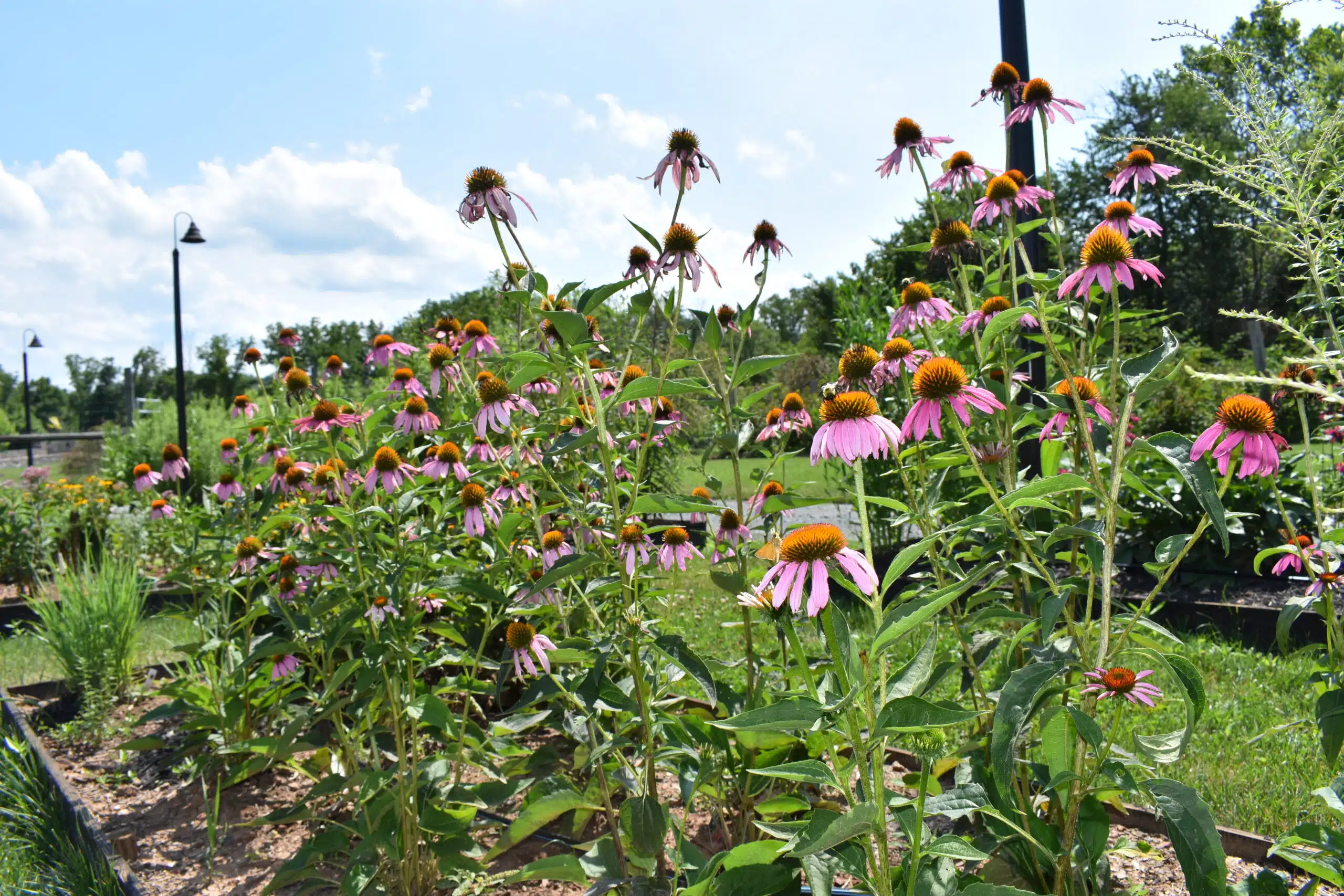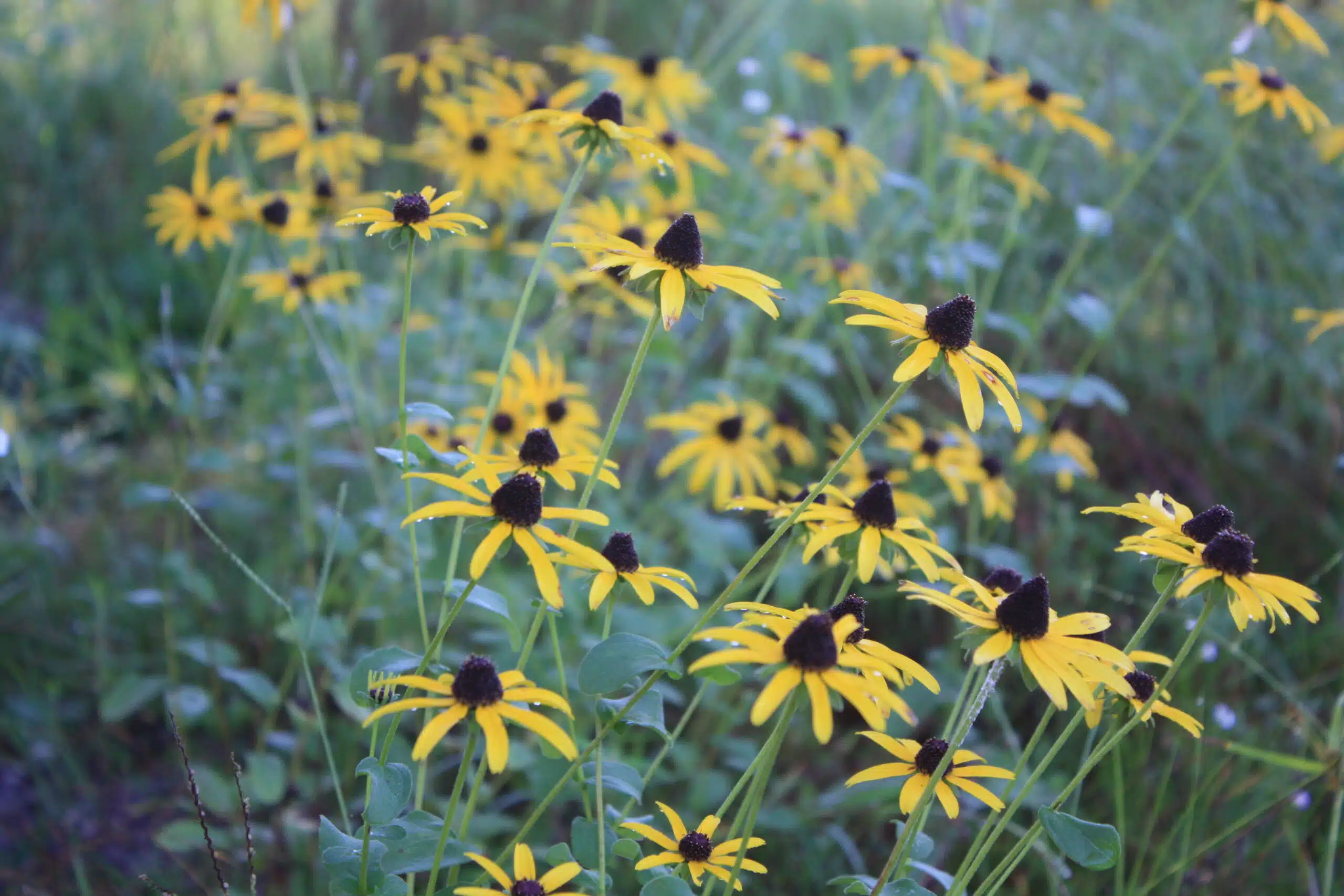Scattering native grass and wildflower seeds can be simple yet effective way to support biodiversity and restore your local ecosystems. Below are some tips on the best practices to ensure you have the best chance of success.
1. Make sure your seeds are appropriate for your region and ecosystem! It’s essential to select native wildflower and grass species that are adapted to your region, as they are more likely to thrive and provide valuable habitat and food for local wildlife.
2. Determine the ideal time to plant your seeds. For many species, late fall or early spring are a good time to spread seed.
3. Choose a suitable location that receives adequate sunlight and has well-draining soil. Once you’ve identified the location and chosen the appropriate seeds, prepare the soil by removing any existing vegetation, weeds, or debris. Loosen the soil to create a good seedbed.
4. Next, scatter the native wildflower seeds evenly over the prepared area. After spreading the seeds, gently rake the soil to ensure good seed-to-soil contact.
5. If you can, consider watering the area thoroughly to help the seeds settle in and germinate.
6. Throughout the growing season, monitor the seeded area’s progress, providing supplemental watering if necessary and removing any invasive plants or weeds that may compete with your native wildflowers and grasses.
7. Be patient! Some seeds stay dormant until the correct conditions are met to start the germination process.
Spreading native seeds is a small but powerful way for you to contribute to the restoration of your local ecosystems. Have questions about spreading native seeds or starting a native plant project in your yard? Contact us at info@willowsfordconservancy.org and we’ll be happy to provide guidance.
Willowsford Conservancy Seed Packets
Have you received a seed packet at a recent conservancy event? We source these seeds from Ernst Seeds. The seed packets you receive contain a mix of their Mesic to Dry Native Pollinator Mix and their Butterfly and Hummingbird Garden Mix. These seeds are best suitable for a sunny, open, grassland habitats, or along woodland’s edge. Scroll through the pics below to see some of what is included in these packets

